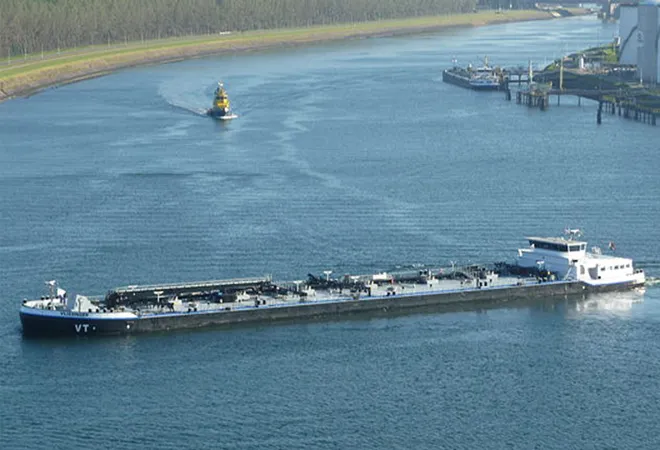Environmental Impacts of Dredging
Dredging is a critical activity in water management and infrastructure development, essential for maintaining waterways, harbors, and ports. It involves the removal of sediments and debris from the bottom of lakes, rivers, and other water bodies. While it supports economic growth and navigational safety, dredging can also pose significant environmental challenges. This article explores the environmental impacts of dredging, relevant laws and regulations, and best practices to mitigate adverse effects, using specific examples to illustrate key points.
- Sediment Disruption: Dredging disturbs the sediment layers, which can release pollutants trapped within the sediments into the water column. This can lead to increased turbidity and reduced light penetration, affecting aquatic plants and animals that rely on clear water for photosynthesis and sight.
- Contamination Spread: If the dredged sediments contain toxic substances like heavy metals or chemicals, these can spread to other parts of the water body, posing risks to aquatic life and human health. Contaminated sediments can affect fish and other wildlife, leading to bioaccumulation of toxins in the food chain.
- Habitat Destruction: The physical process of dredging can destroy habitats for a variety of aquatic organisms. For example, benthic organisms, which live on the ocean floor, can be killed or displaced, leading to a decrease in biodiversity.
Laws and Regulations
Governments and international bodies have established various laws and regulations to manage the environmental impacts of dredging. Some of the key legal frameworks include:
- The United States Clean Water Act (CWA): This act requires obtaining a permit before dredging activities can commence. The permits are issued by the U.S. Army Corps of Engineers and include conditions to minimize environmental impacts, such as timing restrictions to protect spawning fish.
- The European Water Framework Directive (WFD): In Europe, this directive aims to achieve good qualitative and quantitative status of all water bodies. It includes assessments of the potential impacts of dredging on water quality and mandates measures to prevent significant deterioration.
- Convention on Biological Diversity (CBD): This international agreement encourages parties to develop national strategies for the conservation and sustainable use of biological diversity, which includes mitigating impacts from dredging.
Best Practices for Minimizing Environmental Impact
Adopting best practices in dredging operations can significantly reduce environmental damages:
- Sediment Testing and Management: Before dredging, sediments should be tested for contaminants. If contaminants are present, methods like containment using geotextile tubes or sediment washing can be employed to manage the sediments safely.
- Use of Silt Curtains: Silt curtains can be used to contain suspended sediments within a limited area, preventing them from spreading and impacting a broader region. This is particularly important in areas with sensitive ecosystems.
- Timing Restrictions: Restricting dredging operations to periods when they are less likely to affect wildlife, such as avoiding breeding seasons, can help protect aquatic life.
Examples of Dredging and Environmental Protection
- San Francisco Bay, USA: In this region, dredging projects are carefully managed to protect the habitat of the endangered Delta Smelt. Dredging operations are restricted during critical periods of the year to minimize impacts on this species.
- The Port of Rotterdam, Netherlands: One of the busiest ports in the world, it has implemented extensive sediment management and treatment facilities to handle contaminated sediments safely. This includes the use of innovative technologies for sediment washing and safe disposal.
- Great Barrier Reef, Australia: Dredging near the reef is highly regulated, with strict guidelines to prevent sediment spillage and ensure that all activities are carried out with minimal impact on this World Heritage Site.
While dredging is necessary for economic development and waterway management, it must be balanced with the need to protect the environment. By understanding and adhering to relevant environmental laws and regulations, and implementing best practices, the negative impacts of dredging can be significantly mitigated. This approach ensures the protection of aquatic ecosystems while supporting sustainable development.
